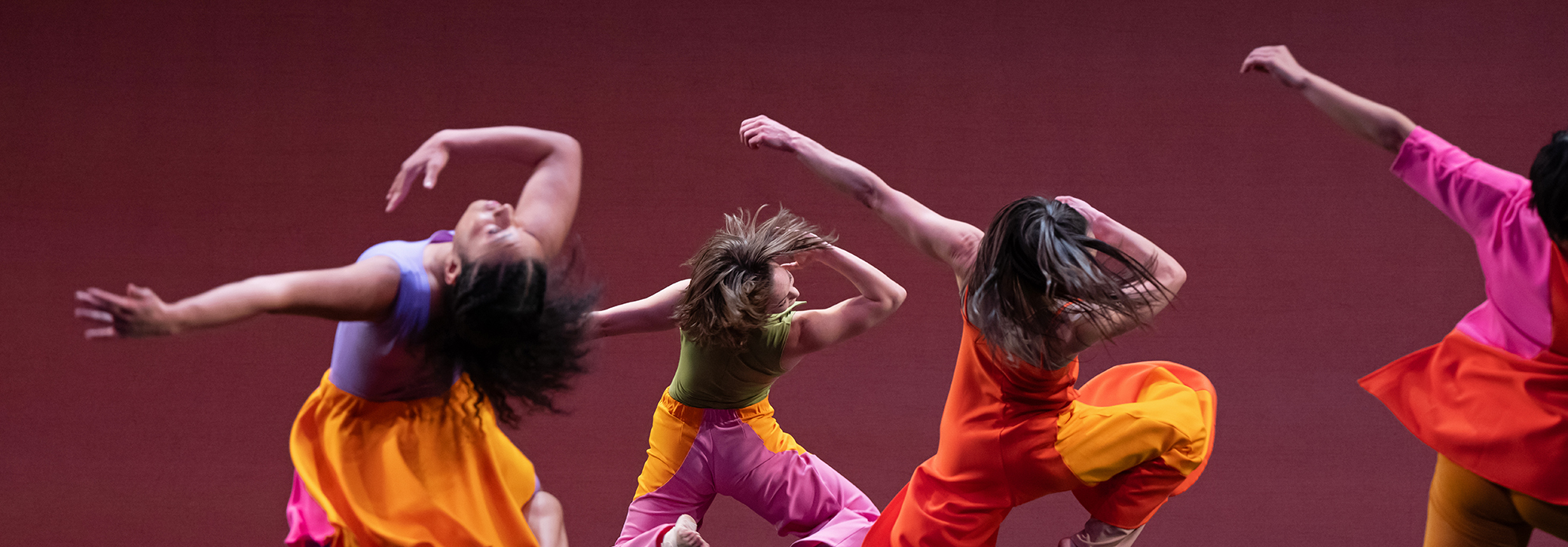The three witches in Shakespeare’s Macbeth, nursing their cauldron of toil and trouble, rank among the most chilling characters ever set loose onstage. Imagine what might happen if they found an apprentice to carry on their dark arts.
This is no mere knockoff of the Bard, though. While Shakespeare’s poetry propels Macbeth, words play no part in The 4th Witch, which Texas Performing Arts brings to Austin this coming season. Manual Cinema tells its story through shadow puppets and other visual gadgetry that its performers operate onstage. They create action and images that are captured on camera, blended together digitally and projected onto a big screen above them. Live musicians add the soundtrack.
“One of the things that really gets me excited is when visionary, creative artists reinterpret important cultural works from the past,” says Bob Bursey, Texas Performing Arts’ executive and artistic director. Manual Cinema is “incredibly creative,” he adds. As he looks to the coming season, he thinks “bringing them back will certainly be a highlight” (Nov. 15).
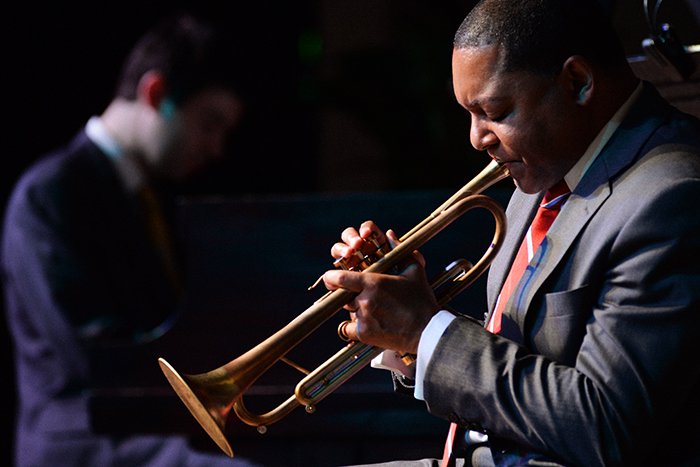
1 ⁄7
Wynton Marsalis; Photo by Frank Stewart.
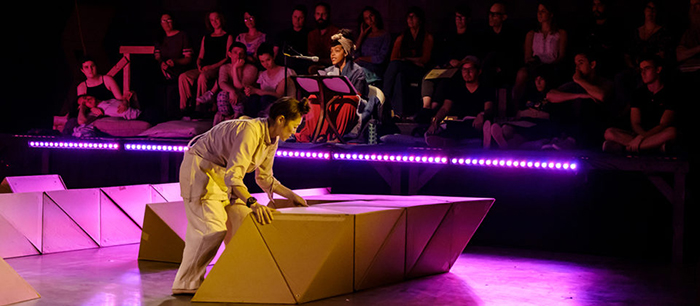
2 ⁄7
Crystal Bird Caviel and Mari Akita in Rude Mechs in Not Every Mountain. Photo by Bret Brookshire.
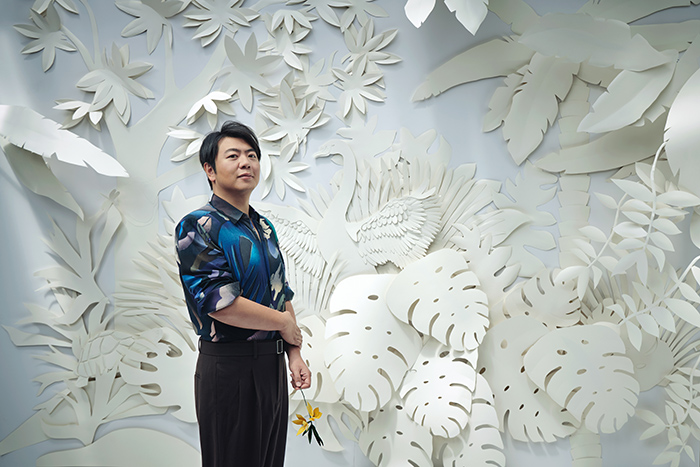
3 ⁄7
Lang Lang; Photo by Olaf Heine.
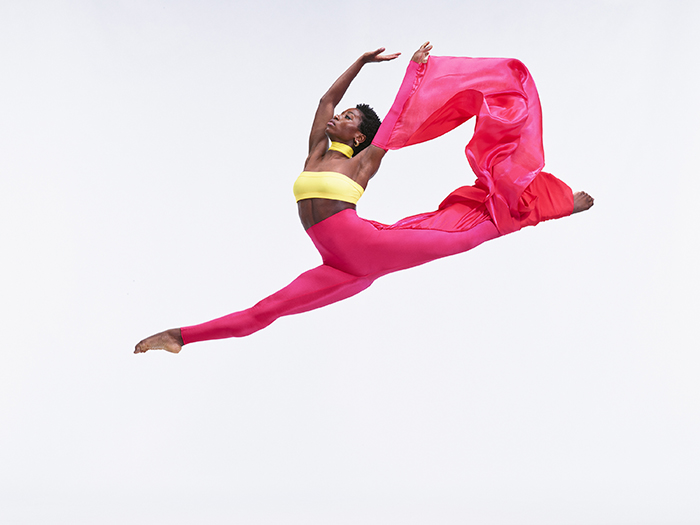
4 ⁄7
Alvin Ailey American Dance Theater’s Caroline T. Dartey. Photo by Dario Calmese.
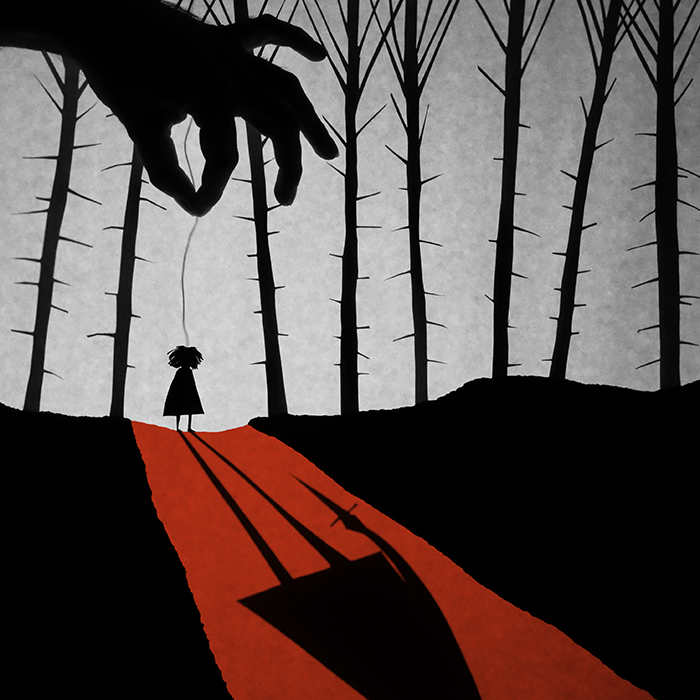
5 ⁄7
Manuel Cinema in The 4th Witch.
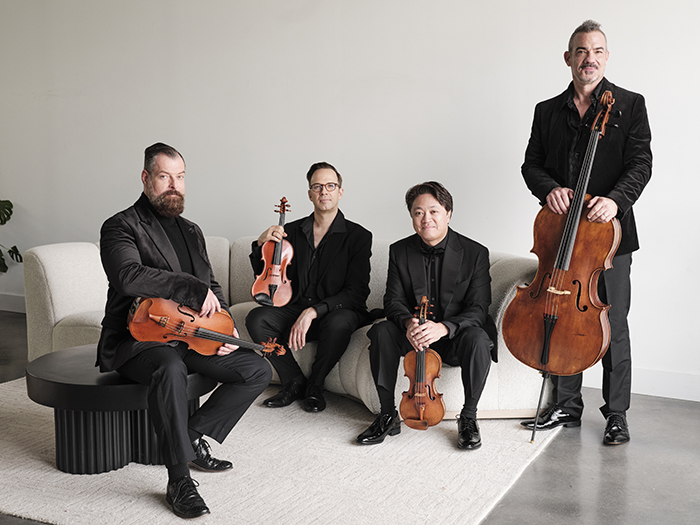
6/7
Miro Quartet. Photo by DAGNUSHKA.
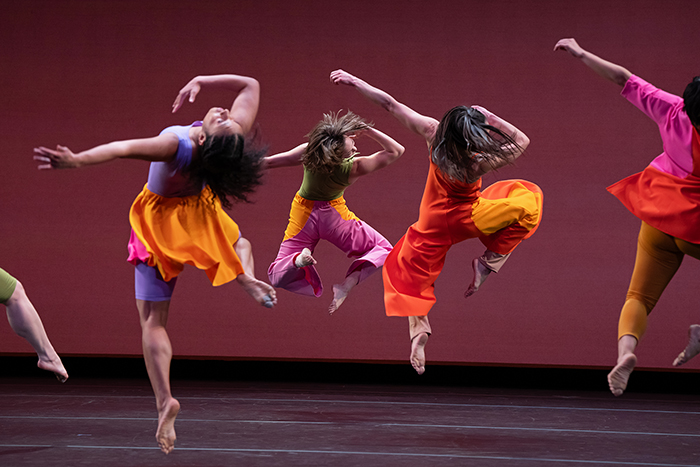
7 ⁄7
Mark Morris Dance Group in The Look of Love. Photo by Julieta Cervantes.
Bursey also looks forward to visits by some of the most prominent names in the performing arts. Celebrated pianist Lang Lang will play works by Mozart, Beethoven and others (April 4). Trumpeter Wynton Marsalis, a jazz luminary almost since childhood, will perform alongside the Jazz at Lincoln Center Orchestra (Nov. 15). Mark Morris Dance Group, whose founder has long been acclaimed for molding his choreography around music’s subtleties, will salute a popular-music legend in The Look of Love: An Evening of Dance to the Music of Burt Bacharach (Jan. 17).
Guests like those, Bursey says, spotlight “the work that we’ve been doing…at Texas Performing Arts to help Austin come into its own as a well-rounded artistic city, (showing) that it can be a destination for artists of that caliber.” Invoking another time-honored ensemble, Bursey notes that Alvin Ailey American Dance Theater has long been a regular guest in Houston and Dallas—and Texas Performing Arts is making it one in Austin, too (March 3).
Bursey takes pride in the season’s variety—a mix of the classic, the innovative and the unexpected. The 4th Witch (Nov. 15) springs from iconic Shakespeare, but Shopping Center Parking Lot has its roots in—no kidding—the Home Depot store across the street from artist Robin Frohardt’s apartment. Working in live cinema akin to Manual Cinema, Frohardt uses the retail outpost as a mirror of society. Her exploration—incorporating a handmade set, live puppets and cinematic projection—will play out before an up-close-and-personal audience of only 40 people (March 6-7).
Frohardt “has a vision unlike almost anyone else I’ve ever worked with,” Bursey says. “She takes on these very big subjects and brings them to her audience with a real sense of humor and whimsy, which I love, and also through incredible craft. The level of detail that goes into the creation of her stage elements and props and sets, which she makes herself in her studio, is quite exceptional.”
Hosting these out-of-town guests is only one side of Texas Performing Arts’ role, Bursey says. “We also want to work on the local level and recognize that Austin is such a creative city,” he adds.
So TPA will host two installments in the annual Laboratorio series by Austin singer-songwriter Carrie Rodriguez and her band. The first, dubbed Old Time Radio Edition, will spotlight Grammy winners Gaby Moreno and Mireya Ramos, with KUTX’s Laurie Gallardo and Alex Marrero channeling long-ago radio hosts (Nov. 2). The second will bring on Tejano star Ruben “El Gato Negro” Ramos to celebrate the release of his latest album (Jan. 24). He’ll perform songs from the new collection as well as fan favorites.
In one of several joint presentations with Austin’s Fusebox festival, the theater company Rude Mechs will revive its 2019 show Not Every Mountain (April 17-19). The group will marshal props, magnets and such to evoke the earth’s most powerful forces—up to and including the tectonic movements that create mountain ranges—and look at humanity against that backdrop. In another Fusebox collaboration, Austin playwright and actress Katie Bender will conjure up the spirit of 1920s illusionist Harry Houdini in Instructions for a Séance, an immersive experience for audiences of around 50 (April 16-19).
A concert by the Miró Quartet, resident string quartet at the University of Texas at Austin, illustrates another of Texas Performing Arts’ roles as envisioned by Bursey, who has led the group since 2020. The quartet will bring in an up-and-coming ensemble, the Isidore String Quartet, to join it in a toast to the 200th anniversary of Felix Mendelssohn’s Octet (Nov. 7). While the Octet is a masterwork in the scintillating vein of Mendelssohn’s A Midsummer Night’s Dream, performances of it are relatively rare. After all, how often do you have two virtuosic quartets at hand to rehearse and perform it? That’s where Texas Performing Arts comes in.
Texas Performing Arts, part of the University of Texas at Austin, can leverage its place in “the state’s flagship institution of research to provide that creative and incubating space to artists,” Bursey explains. “We would love for things that are made here to go on tour around the world—maybe see something end up off Broadway or on Broadway. We’re working really hard to provide those resources for artists, because they’re becoming quite scarce in our country.”
While many arts organizations have been squeezed since the pandemic by drooping attendance or donations, “we’re so happy and proud and grateful that we’ve been able to move in completely the opposite direction,” Bursey says. Since he took over, the group’s budget has grown from $16 million in 2019 to $40 million in 2024.
“The donations have gone up, the budget has increased, the subscribers have gone up,” Bursey says. “We’re taking on ambitious projects to continue to improve our facility and be a greater service to our community. … I’m really so thankful.”
-STEVEN BROWN

